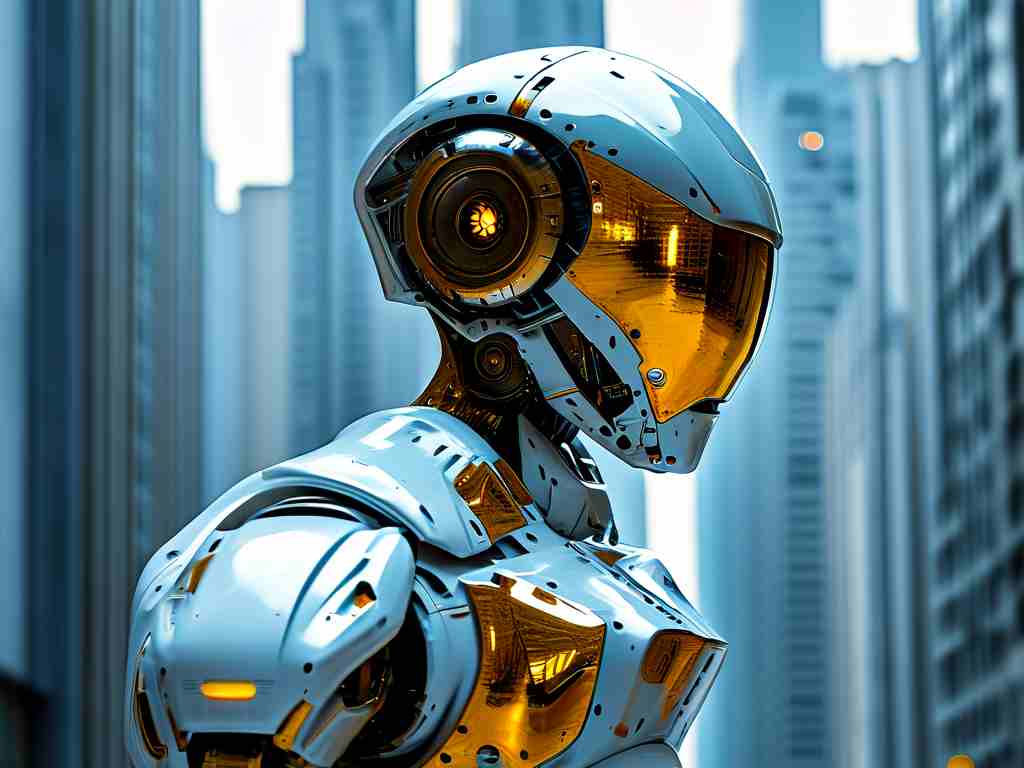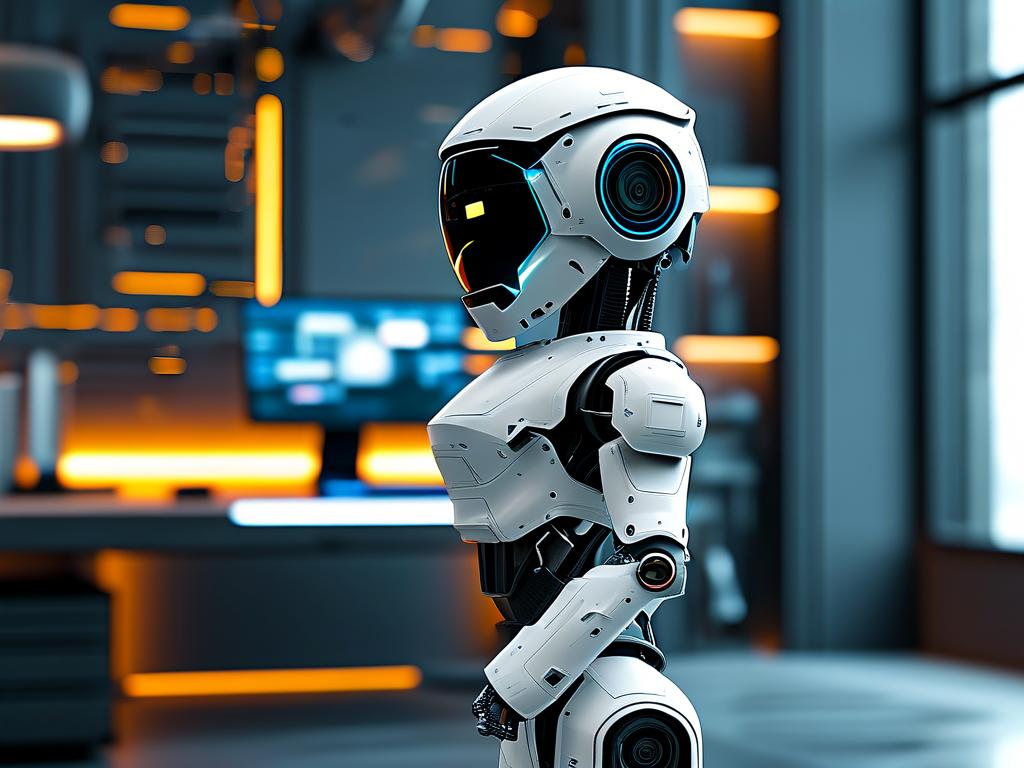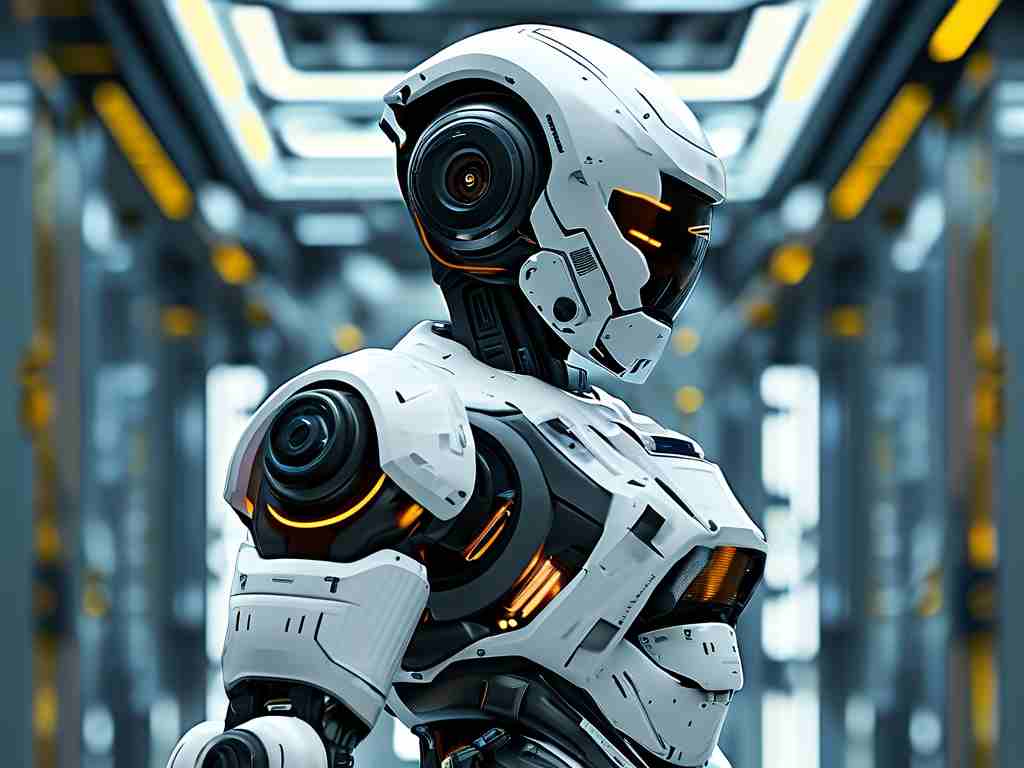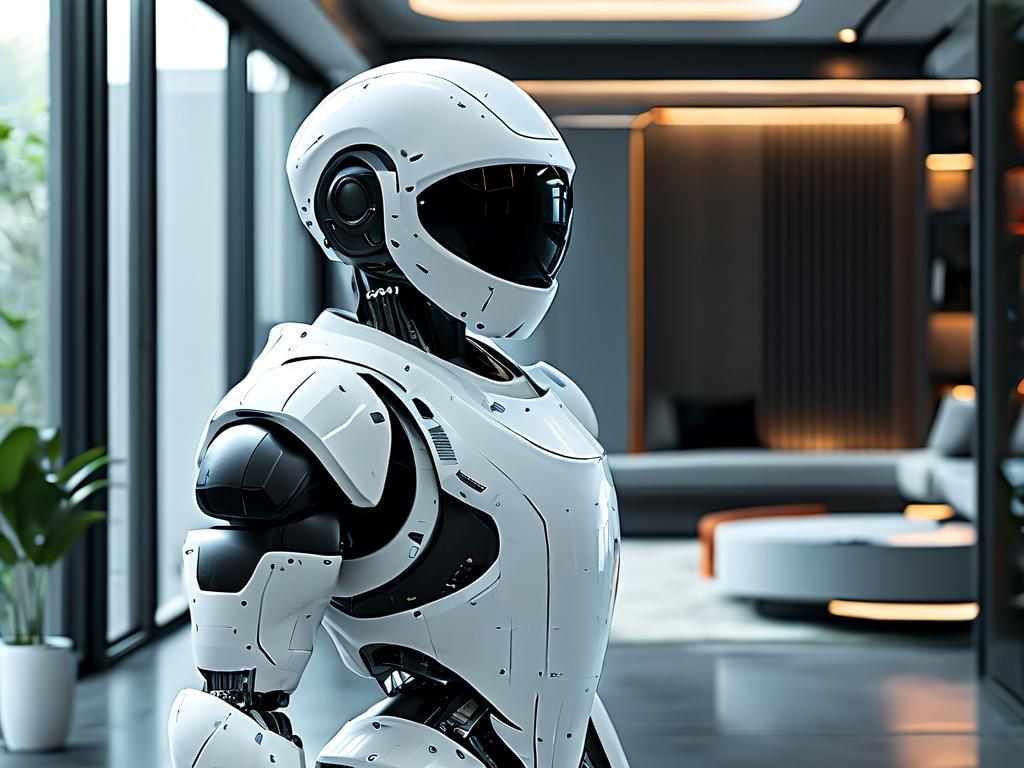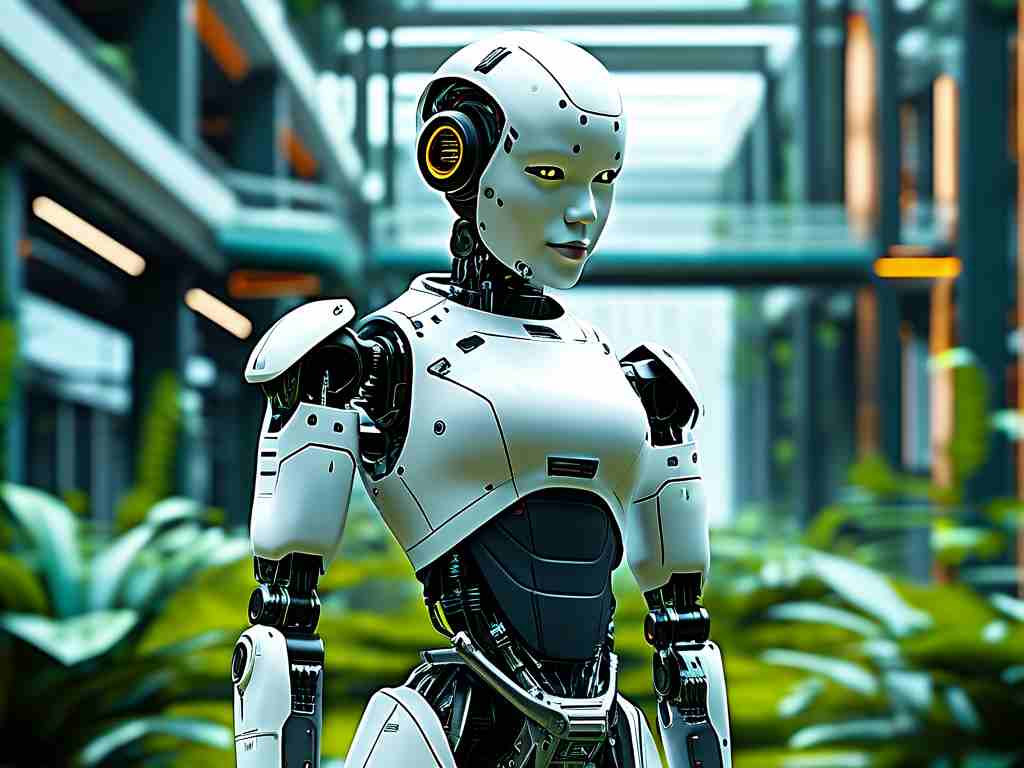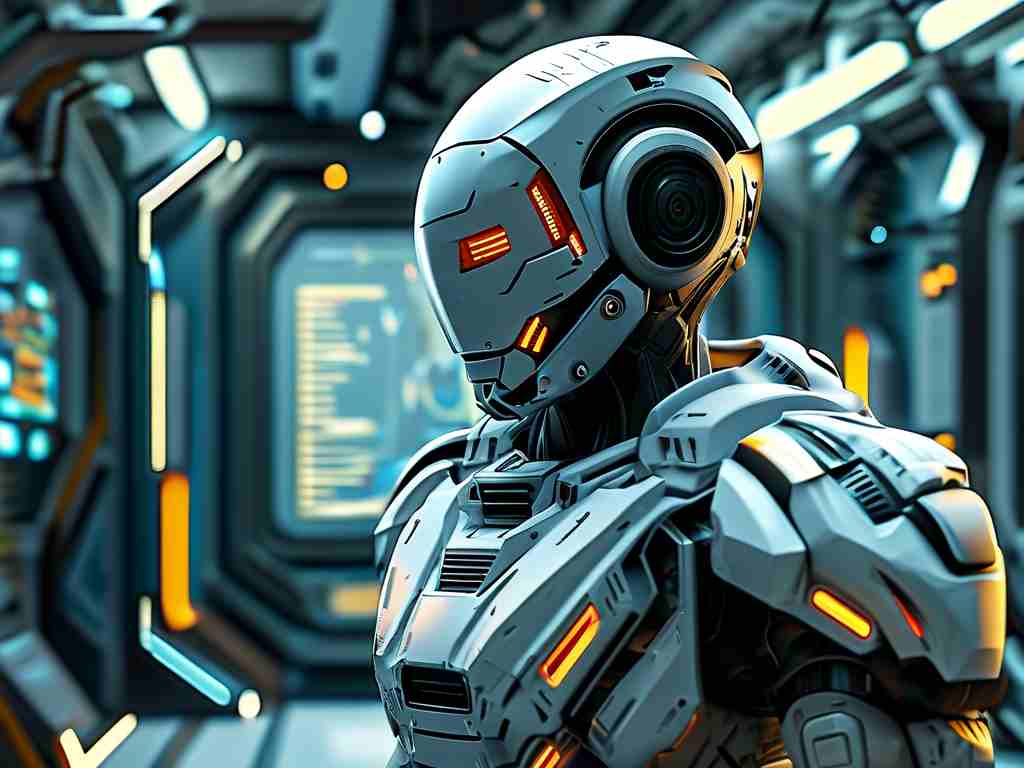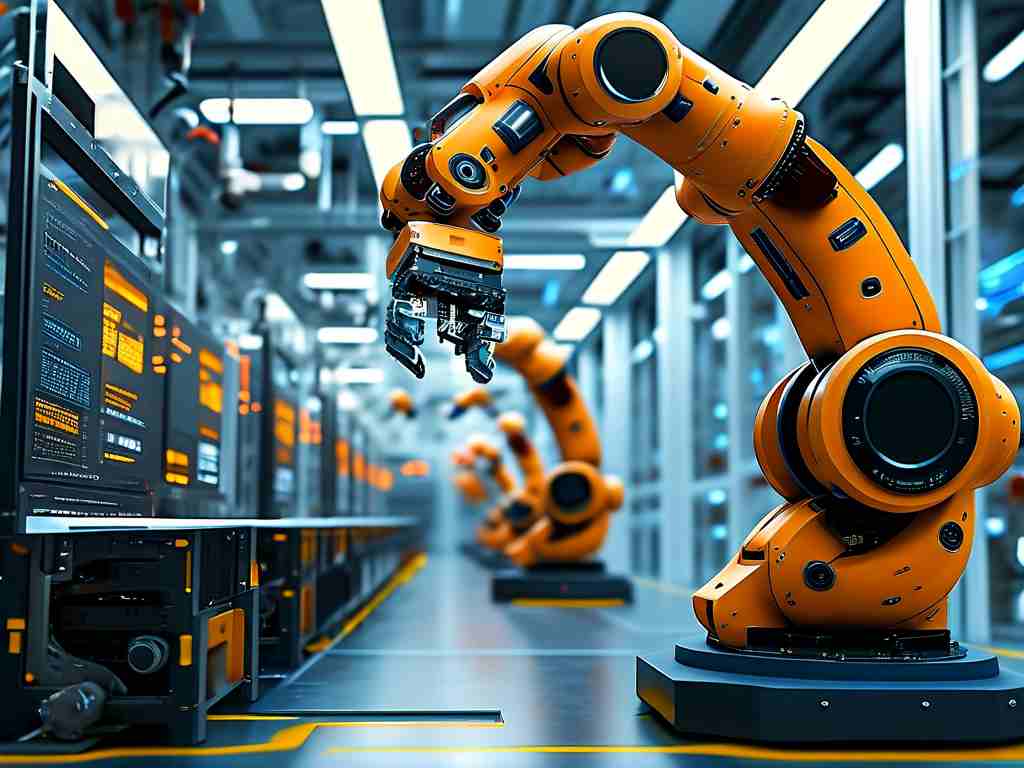The relentless march of robotic sophistication, moving far beyond repetitive assembly line tasks, is fundamentally driven by a powerful convergence of underlying technologies. Understanding these core drivers reveals not just how robots have evolved, but illuminates the trajectory of their future capabilities and integration into society.
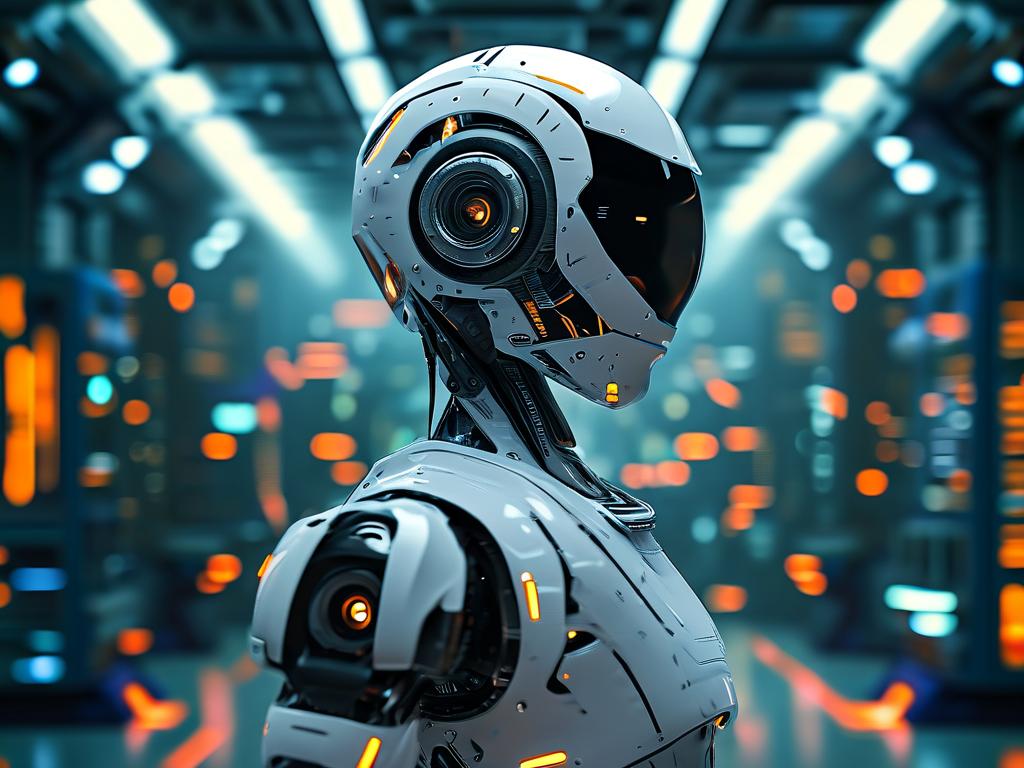
Artificial Intelligence (AI), particularly the explosive growth in machine learning (ML) and deep learning, stands as the paramount catalyst. Early robots operated on meticulously pre-programmed instructions, limited to predictable environments. The advent of ML algorithms, especially deep neural networks, enabled robots to learn from vast datasets. This allows for complex pattern recognition, adaptive decision-making in unstructured environments, and continuous performance improvement. Techniques like reinforcement learning empower robots to learn optimal behaviors through trial and error, much like a biological entity. Computer vision, powered by convolutional neural networks (CNNs), provides robots with the crucial ability to perceive and interpret their surroundings with increasing accuracy, identifying objects, navigating spaces, and understanding spatial relationships. Natural Language Processing (NLP) advancements further enable more intuitive human-robot interaction through voice commands and contextual understanding. The integration of these AI subsets creates increasingly autonomous systems capable of handling ambiguity and complexity previously deemed impossible for machines.
Simultaneously, the physical embodiment of robots has undergone a revolution driven by advancements in sensors, actuators, and materials. Modern robots integrate a sophisticated array of sensors – LiDAR for precise 3D mapping, advanced RGB-D cameras for depth perception, high-resolution tactile sensors providing a sense of touch, and inertial measurement units (IMUs) for balance and orientation. These sensors create a rich, multi-modal perception of the environment, feeding crucial data to the AI brain. Equally important are actuators. The shift from bulky hydraulic systems to compact, high-torque electric motors, often incorporating sophisticated harmonic drives or magnetorheological fluids, provides robots with smoother, more precise, and energy-efficient movement. Novel materials like lightweight carbon fiber composites and shape-memory alloys contribute to stronger, more agile, and sometimes even self-healing robotic bodies. Soft robotics, utilizing compliant materials that mimic biological muscles and tissues, opens new avenues for safe interaction in delicate tasks or unstructured environments like healthcare or disaster response.
The exponential growth in computational power, coupled with sophisticated software frameworks, provides the essential infrastructure for robot intelligence. Complex AI models, particularly deep learning networks, demand immense processing capabilities. The development of specialized hardware like Graphics Processing Units (GPUs) and Tensor Processing Units (TPUs) accelerated the training and inference speeds of these models dramatically. Edge computing brings significant processing power directly onto the robot itself, enabling real-time decision-making without constant reliance on cloud connectivity, crucial for tasks requiring split-second reactions. Cloud robotics, however, leverages remote data centers for heavier computations, collaborative learning between robots, and accessing vast shared knowledge bases. Robust software frameworks like the Robot Operating System (ROS) provide standardized tools, libraries, and conventions, drastically simplifying robot development and fostering collaboration within the research and industrial communities. Simulation environments have also become indispensable, allowing for the safe, rapid, and cost-effective training of AI models and testing of robotic behaviors in countless virtual scenarios before deployment in the real world.
The concept of collaborative intelligence, where humans and robots work synergistically, is another key evolutionary driver. Cobots (collaborative robots) are designed with inherent safety features – force-limiting joints, rounded edges, and advanced collision detection algorithms – allowing them to work safely alongside human workers without cages. This evolution necessitates intuitive interfaces, often combining physical guidance (like hand-guiding programming) with sophisticated user interfaces. Furthermore, advancements in networked robotics enable fleets of robots to communicate, share information, and coordinate tasks autonomously, optimizing logistics in warehouses or enabling coordinated search and rescue missions. This move towards interconnected, cooperative systems amplifies the capabilities of both individual robots and the collective.
The ongoing miniaturization of components, driven by advancements in microelectromechanical systems (MEMS) and nanotechnology, is enabling entirely new robotic form factors. From microscopic nanobots envisioned for targeted drug delivery inside the human body to agile insect-sized drones capable of exploring confined spaces, size is becoming less of a constraint. Energy density improvements in batteries are also critical, extending operational durations and reducing downtime for mobile and autonomous robots. Wireless communication technologies, particularly the low latency and high bandwidth promised by 5G and future 6G networks, are essential for real-time control of remote robots and seamless data exchange in complex multi-robot systems.
The evolution is far from linear or isolated. It's a deeply interconnected dance: more powerful AI demands better sensors and computation; new materials enable novel designs that require sophisticated control algorithms; improved computation allows for more complex AI models. This synergy accelerates progress exponentially. However, this rapid evolution brings significant challenges. Ensuring robust safety and security in increasingly autonomous systems is paramount. Ethical considerations regarding job displacement, decision-making autonomy in critical situations, and potential misuse require ongoing societal discourse and proactive policy frameworks. Developing reliable, explainable AI for high-stakes applications remains a significant hurdle. The robots we see today, performing intricate surgeries, autonomously navigating city streets, or exploring distant planets, are merely waypoints on this evolutionary journey. The convergence of AI, advanced materials, sensor fusion, and computational power continues to push the boundaries, promising even more capable, adaptive, and integrated robotic partners in the years to come, fundamentally reshaping industries and our daily lives. The technology driving robot evolution is not just building machines; it's redefining the very nature of automation and intelligence.


